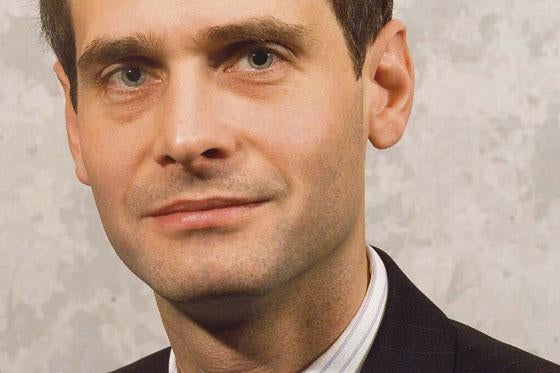
People love to shoot the messenger when it comes to the thorny subject of suicide – especially when the messenger is the free press.
It seems we want the media to be free to probe the alarming cluster of suicides that has recently afflicted Bridgend, South Wales, but only if the coverage is in our own preferred style and tone.
At least, so it appears, after South Wales Assistant Chief Constable Dave Morris criticised allegedly sensational media reporting of 17 suicides by young people in that town, after fears that the media coverage could trigger copycat deaths.
Holding up a copy of the South Wales Echo, which had coverage he personally disliked, he accused the press of stigmatising the town and contributing to the way young people in the area felt.
‘What’s the link since Natasha Randall’s death? It is you, the media,’he said, referring to reporting since the 13th victim was found hanged in January.
This, and a bereft mother’s claim that media coverage was responsible for putting the idea of suicide into her son’s head, has been followed by much soul searching and comment by senior figures in journalism, including a vigorous defence of his paper’s coverage by the South Wales Echo’s new editor, Mick Hill.
Mr Hill said the Asst Chief Constable’s criticism was outrageous and misguided, as his reporters ‘sought to sift truth from rumour and fact from fiction while being sensitive to the terrible plight of the 17 families”.
But it’s difficult to escape the conclusion that the media will be damned if they prioritise reporting of suicides, and damned if they don’t.
The bottom line is that within the vague parameters of Clause 5 of the PCC Code and, to a lesser extent, the contempt and privacy laws, the media has a free rein on style, tone and content. Rightly so, many would say.
Clause 5, updated on suicide as recently as 2006, requires that ‘care should be taken to avoid excessive detail about the method used”, and enquiries and approaches must be made with ‘sympathy and discretion, and publication handled sensitively”.
Besides those sketchy goalposts and the unwritten ‘spirit’of the code, the difference between irresponsibly sensational coverage and public interest reporting is often just a matter of subjective opinion.
Seventeen apparent suicides in one town in little more than a year, many by hanging, is plainly an important news story in anyone’s book.
Amid reports of the ‘hanging toll’accompanied by photographs of the victims, complaints have been made about journalistic phrases in the national press such as ‘death town’and ‘death valley”, and the mention of possible internet links between the victims on Bebo.
Everyone, from the Samaritans and police to readers and victims’ relatives, will have a different take on what they like in press coverage. But with such a worrying spate of suicides in a small area, the media must be slow to censor itself, and keen to report things as they find them.
In any open society, serial suicides – as with the horrific serial killings and abuse recently revealed in Ipswich and Jersey – must receive independent and robust media attention. Anything less, and the media would fail in their constitutional duty in a democracy.
Balance and sensitivity is important, but as Society of Editors director Bob Satchwell well said in defending the coverage: ‘You do not solve a problem by sweeping it under the carpet.”
Email pged@pressgazette.co.uk to point out mistakes, provide story tips or send in a letter for publication on our "Letters Page" blog
